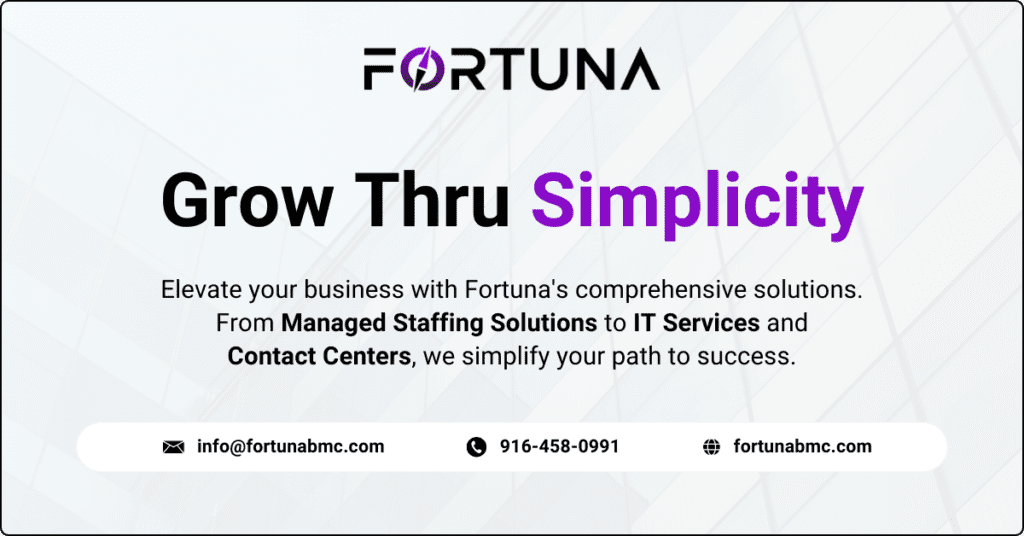Today, we’re delving into the transformative role of staff augmentation in remote work environments. As organizations adapt to the evolving landscape of remote work, the need for flexible and scalable staffing solutions becomes increasingly critical. Join us as we explore how staff augmentation addresses the unique challenges of remote work, empowers businesses to thrive in virtual settings, and fosters a more agile and resilient workforce.
With the rise of remote work, organizations face new challenges in maintaining operational efficiency and meeting staffing demands. Traditional hiring processes may not suffice in a remote setting, where geographical limitations and talent shortages pose significant obstacles. Staff augmentation emerges as a strategic solution that enables businesses to bridge skill gaps, scale their workforce as needed, and access specialized expertise, all while adapting to the remote work dynamics.

Let’s explore four key benefits of staff augmentation in remote work environments:
- Flexibility and Scalability: Staff augmentation provides organizations with the flexibility to scale their workforce up or down based on evolving business needs. Whether it’s project-based support, temporary staffing for seasonal demands, or specialized expertise for short-term initiatives, staff augmentation offers a scalable solution without the long-term commitments of traditional hiring.
- Access to Specialized Talent: Remote work environments often require specific skill sets and expertise. Staff augmentation allows businesses to access a global talent pool and tap into specialized professionals with niche skills, regardless of their geographical location. This enables organizations to quickly fill critical roles and execute projects more efficiently.
- Cost Efficiency: By leveraging staff augmentation, organizations can optimize their staffing costs while maintaining operational efficiency. Instead of bearing the overhead costs associated with full-time employees, such as salaries, benefits, and office space, businesses pay for the services of augmented staff on a contractual basis. This cost-effective model allows for better budget management and resource allocation.
- Adaptability and Agility: Staff augmentation fosters adaptability and agility in remote work environments, enabling organizations to respond quickly to changing market demands and business priorities. With access to a flexible workforce, businesses can scale their operations, ramp up project teams, or pivot to new initiatives without the constraints of traditional hiring processes.



